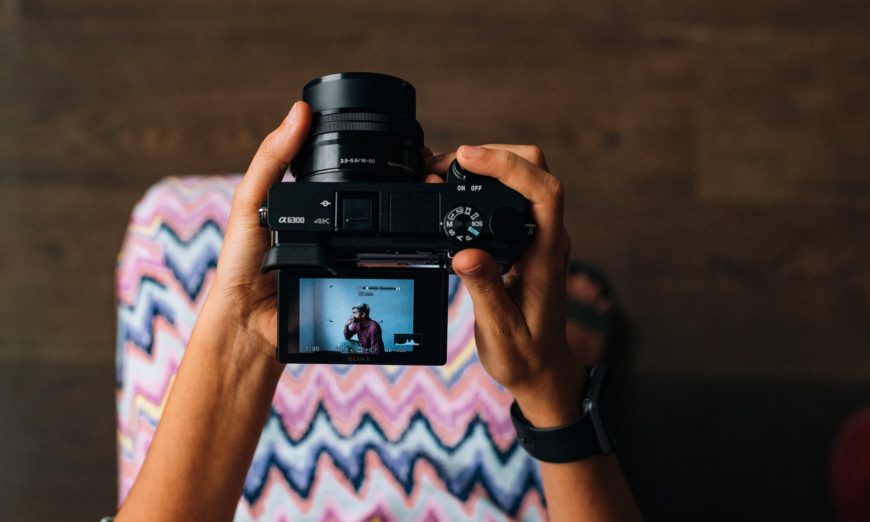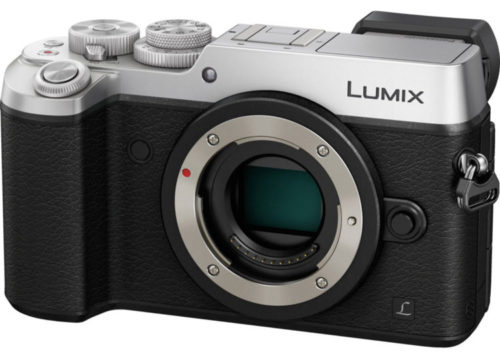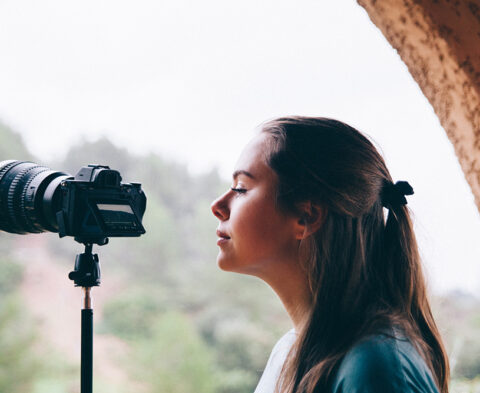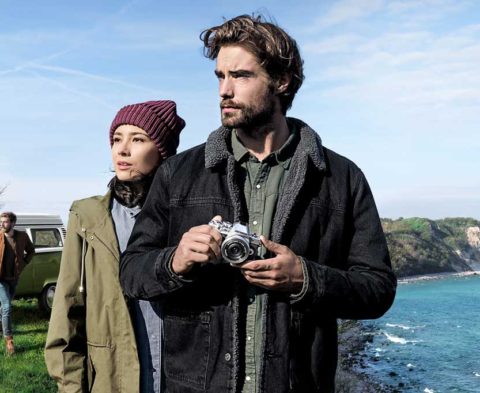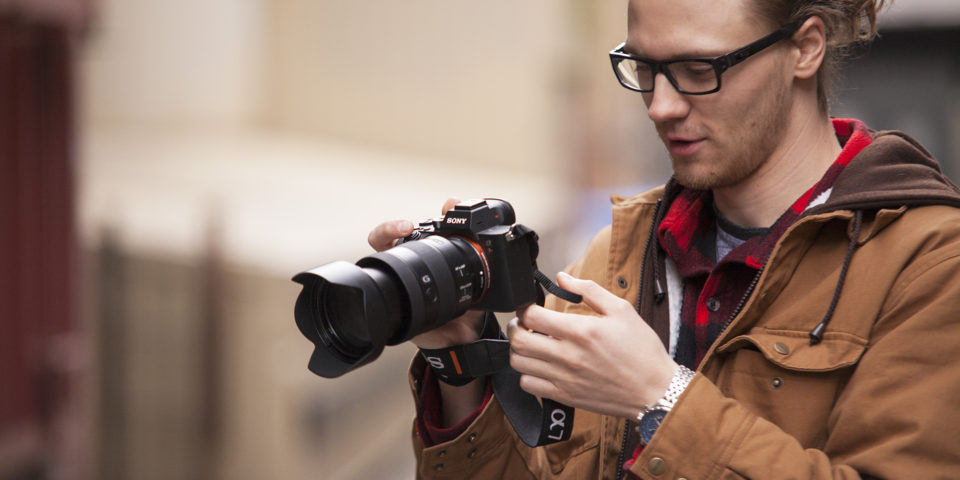Do you know which is the fastest growing space in dedicated cameras these days? As you’ve likely guessed, it’s mirrorless interchangeable lens cameras. In fact outside of North America, mirrorless is killing it. We appear to be more conservative here, and part of that may be the number of completely invalid ideas about mirrorless. Time to clear up the myths about mirrorless.
Mirrorless sensors are not as good as the sensors in a DSLR and are all small
I wanted to get this bunk off the table first, because it is completely inaccurate. In fact, many mirrorless cameras have higher resolution sensors with superior dynamic range to those found in DSLRs. The majority are in the popular APS-C and full-frame sizes, but also include the innovative and very high quality Micro Four Thirds size.
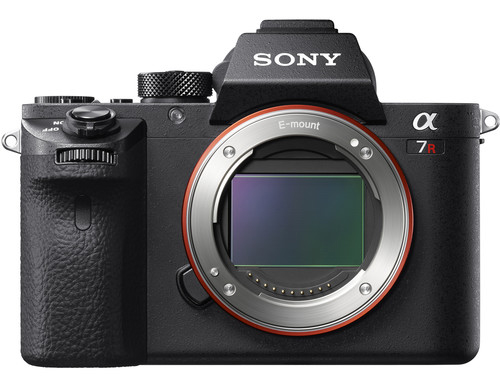
Figure 1: Sony a7R II is a full-frame mirrorless camera with 42MP resolution.
There aren’t enough lenses for mirrorless
Not so. How many lenses were you looking for? More than a dozen? Six? How many? Ultra wides? Check. Fish eyes? Check. Macro? Check. Wide zoom? Check. Telephoto? Check. Telephoto zoom? Check. Super fast primes? Check. They are all available. Not just slower kit lenses either but also fast pro grade glass. Noted eagle photographer Scott Bourne switched from his proven Canon 600mm f/4 and 1Dx to an Olympus OM-D E-M1 Mark IIand the Olympus 300mm f/4. Same look and feel. Same great prints. And sufficient weight loss that he can still shoot despite a debilitated shoulder from hauling around heavy gear for decades. Looking at studies of what focal lengths average photographers use, every range and lens speed is covered by what’s in the market today.
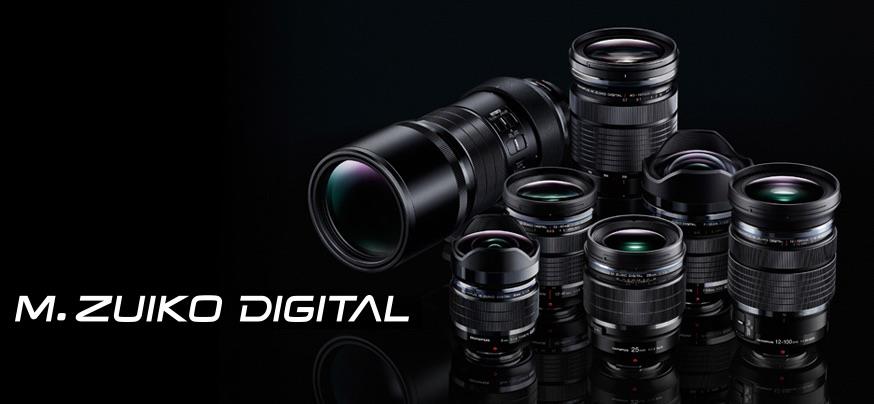
Figure 2: Some of the lenses available for Micro 4/3 from Olympus
Mirrorless images are noisy
Really? Which ones? Crank most any camera past ISO 6400 and digital noise is going to show up. Shoot a great image and you know who notices noise? No one other than a pixel counting photographer. If you want to know what noise really looks like, ask an older photographer for a 4×6 shot on Kodacolor 1000. That’s noise. Actually it’s grain but you get the point. If you notice the noise, the photo is boring.

Figure 3: No noise here. Shot on a Fujifilm X-Pro2, ISO 3200.
Mirrorless are hard to use
Today’s mirrorless cameras are no harder to use than any other digital cameras. They have different layouts depending on the manufacturer, but everything available today has a very high level of usability. You just need to find the body that best fits your hands and needs.
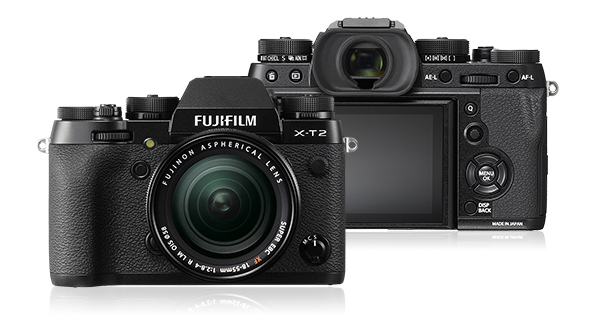
Figure 4: Fujifilm X-T2 (with 18-55mm f/2.8-4 R LM OIS lens): same layout as your DSLR
I need a viewfinder not just an LCD
Fair enough. Me too. I am much happier with a viewfinder, although I do like that most mirrorless have a tilting LCD for Live View when shooting from low or high angles. The big difference is that mirrorless viewfinders are like small TV screens because there is no optical path in a mirrorless camera that goes to the eye. Is this a big deal? No, it’s not. Using an electronic viewfinder is a good experience and on some cameras, it can even show you exposure simulation so you will see what the image will look like before you press the button, as well as the effects of picture styles and exposure compensation.
A mirrorless camera looks like a toy, real pros don’t use mirrorless
Frankly if you are spending a lot of time worrying about what people think of you when they see you with your camera, you’ve got a whole different set of issues. Lots of pros shoot mirrorless. You can find them on the sites of many mirrorless makers. In any case, it really doesn’t matter, because you’re the one making your images, not someone else. I promise that buying a Nikon D5 will no more make you Joe McNally than buying an Olympus OM-D E-M1 Mark II will make you Scott Bourne.
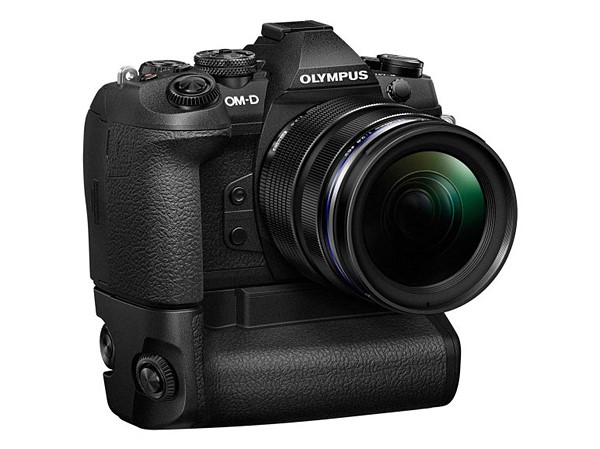
Figure 6: Olympus OM-D E-M1 Mark II (with lens and Power Battery Holder): the choice of multiple professionals
Mirrorless cameras are cheap
A good camera is a good camera. The first mirrorless cameras were inexpensive, but not more inexpensive than the entry-level DSLRs that they were designed to compete with. A top-line mirrorless costs about the same as a top-line DSLR. Don’t assume that the absence of the mirror makes the camera less valuable.
You have to spend too much time in the menu system
A modern mirrorless camera typically has more customizable buttons and functions than a comparable DSLR. Different layouts? Yes. Less functionality? No.
Mirrorless cameras have terrible battery life
This was once very true, but is changing all the time. Smaller bodies have less space for a battery, and a camera with no optical viewfinder has to replace it with something electronic, which consumes power. I recommend for mirrorless as I do for DSLRs. Know your anticipated shooting volume and carry one more battery than you think that you will need.
Mirrorless cameras are bad for video
Sadly, most still camera owners never use the built-in video, but today’s mirrorless cameras kick mirrored cameras to the curb when it comes to video capability. 4K is readily found in mirrorless, rarely in a DSLR and nearly never with the same bandwidth and frame rate support.
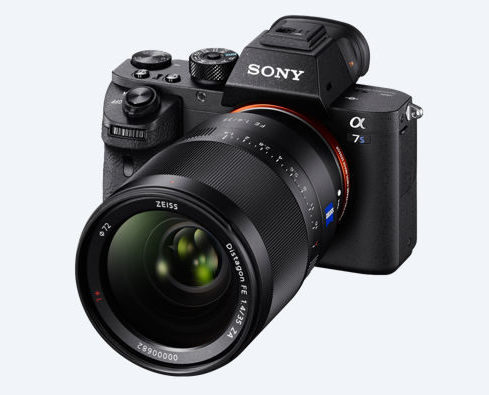
Figure 7: Sony a7S II (with Distagon T* FE 35mm f/1.4 ZA lens) delivers best-in-class 4K video.
Mirrorless doesn’t hold its value for resale
This is another untruth. Mirrorless makers tend to update their models more often in some cases, but that does not mean that used mirrorless is a loss game. Check pricing and you’ll see straightaway that a good used mirrorless is the same price as a good used DSLR.
You cannot use mirrorless in the studio
According to who? Some people have said that in dark places they cannot see anything on the LCD or in the EVF. Remember exposure simulation? Turn it off, and surprise it’s actually easier to see in darker places than with some optical viewfinders. We’re also seeing big studio strobes not only working as general flashes for mirrorless but also seeing full TTL integration with mirrorless bodies. Not only can I use my Profoto B1, B2 and D2 strobes in TTL with Canon and Nikon, I can also use them in TTL plus manual and HSS with Olympus and Sony. I just use the matching Profoto AirTTL remote controller.
Ok, the myths are just that. But the big players are Canon and Nikon.Where are their mirrorless offerings? Both Canon and Nikon have had mirrorless for years, but unfortunately none of them sold well, mainly because they could not use the native lenses without adapters or at all. Since folks were having to buy new glass anyway, they looked at the feature-for-value matrices and went for the new players. Today, you can get outstanding mirrorless cameras from Sony, Fujifilm, Olympus and Panasonic. They all have a wide range of glass available. Choice is a good thing, and perhaps at some point we will see Canon and Nikon get in the game seriously with bodies that can use their DSLR lenses directly. By the way, I have shot multiple cameras and lenses from every maker, and while I liked some more than others for my use cases, I have yet to find a bad mirrorless camera. Just like DSLRs.
When the time comes to look for a new camera, don’t be afraid to look into mirrorless. They are often smaller bodies, lighter in weight and deliver at least as good, if not better images than a comparably priced DSLR.
Thanks for reading, and until next time, peace.
